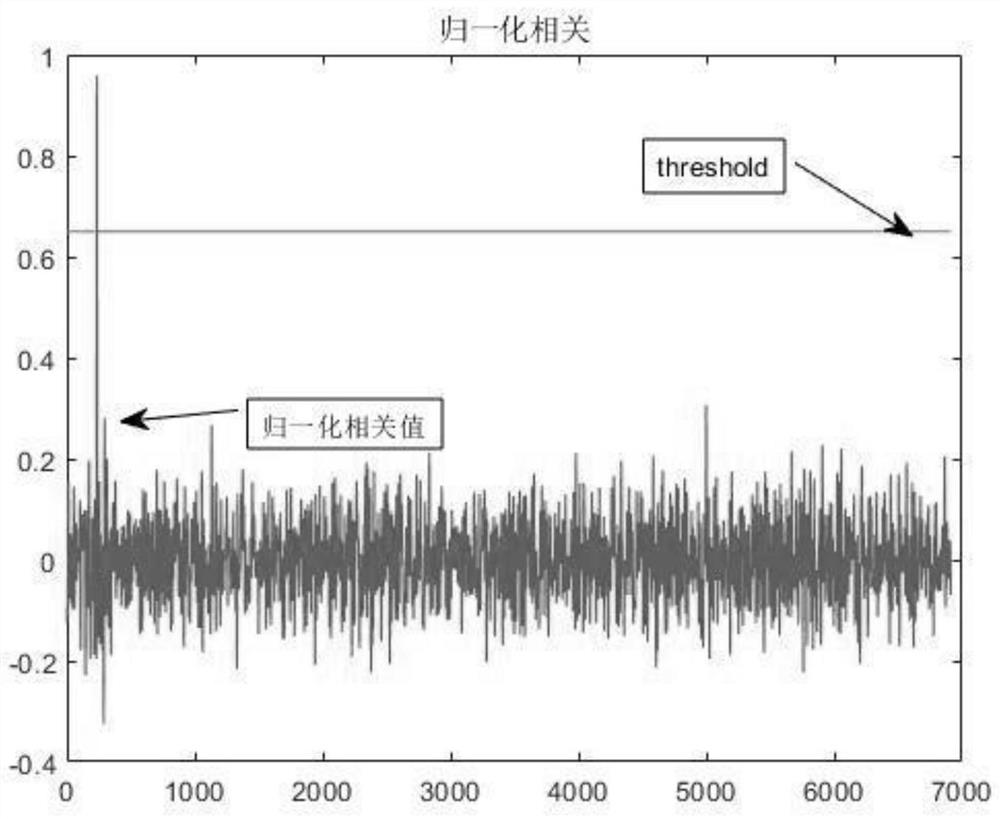Anti-frequency-offset DMR interphone signal rapid identification method
An identification method and walkie-talkie technology, applied in transmission monitoring, electrical components, transmission systems, etc., can solve problems such as performance degradation and frequency deviation, and achieve the effect of simplifying hardware design, reducing software complexity, and reducing accuracy requirements
- Summary
- Abstract
- Description
- Claims
- Application Information
AI Technical Summary
Problems solved by technology
Method used
Image
Examples
Embodiment Construction
[0030] Below in conjunction with specific embodiment, further illustrate the present invention, should be understood that these embodiments are only used to illustrate the present invention and are not intended to limit the scope of the present invention, after having read the present invention, those skilled in the art will understand various equivalent forms of the present invention All modifications fall within the scope defined by the appended claims of the present application.
[0031] Such as Figure 1-4 As shown, take the communication of time slot 1 in the direct mode of the DMR walkie-talkie working at 409.7625MHz as an example to illustrate:
[0032] Step 1. Perform 500MHz bandwidth monitoring on the wireless environment;
[0033] Step 2. Once a suspicious signal is found in the DMR walkie-talkie frequency band, reduce the monitoring bandwidth to 25MHz, and estimate the signal bandwidth to be 9.85Khz;
[0034] Step 3. The bandwidth of the signal conforms to the spe...
PUM
 Login to View More
Login to View More Abstract
Description
Claims
Application Information
 Login to View More
Login to View More - R&D
- Intellectual Property
- Life Sciences
- Materials
- Tech Scout
- Unparalleled Data Quality
- Higher Quality Content
- 60% Fewer Hallucinations
Browse by: Latest US Patents, China's latest patents, Technical Efficacy Thesaurus, Application Domain, Technology Topic, Popular Technical Reports.
© 2025 PatSnap. All rights reserved.Legal|Privacy policy|Modern Slavery Act Transparency Statement|Sitemap|About US| Contact US: help@patsnap.com



